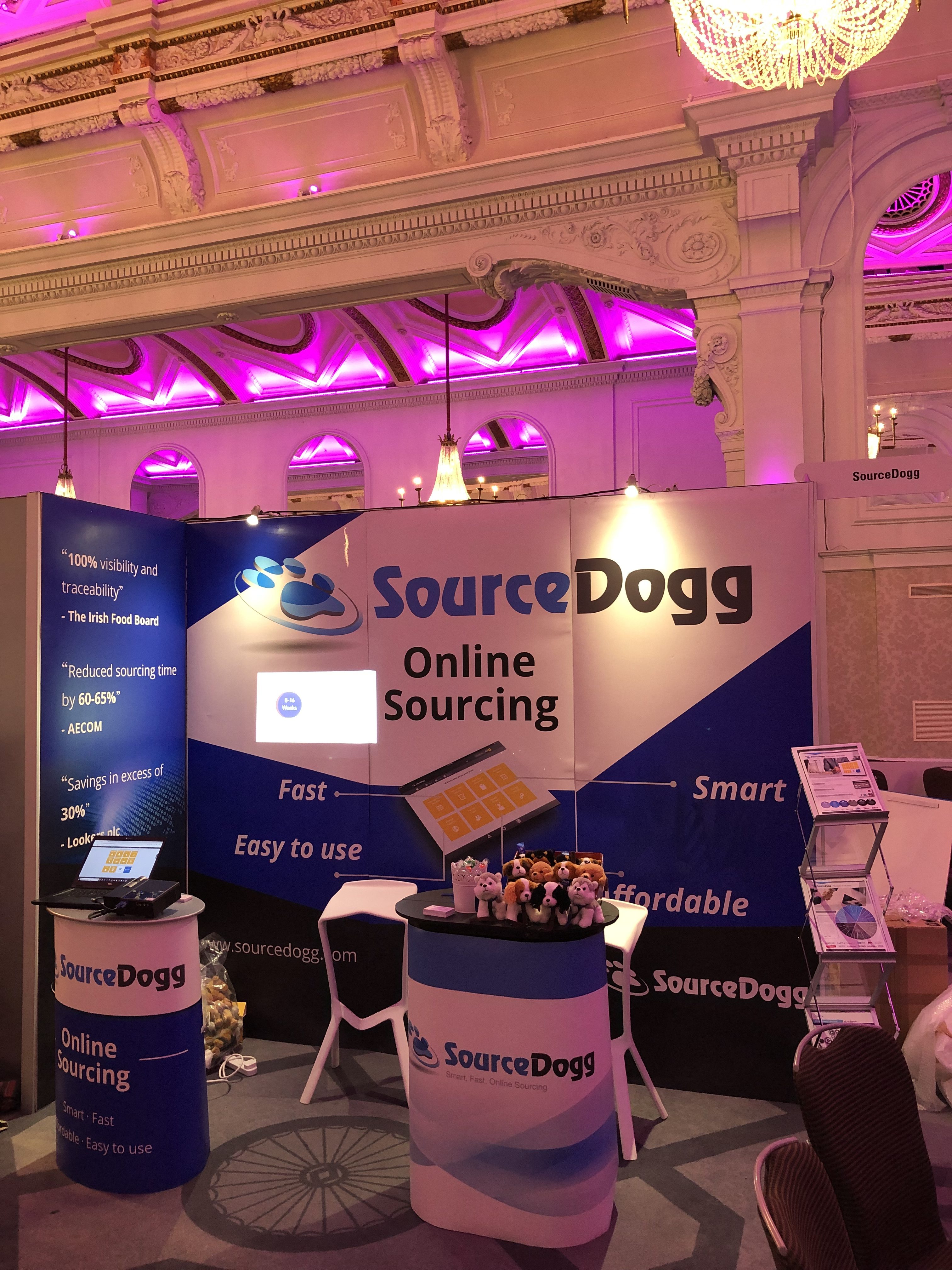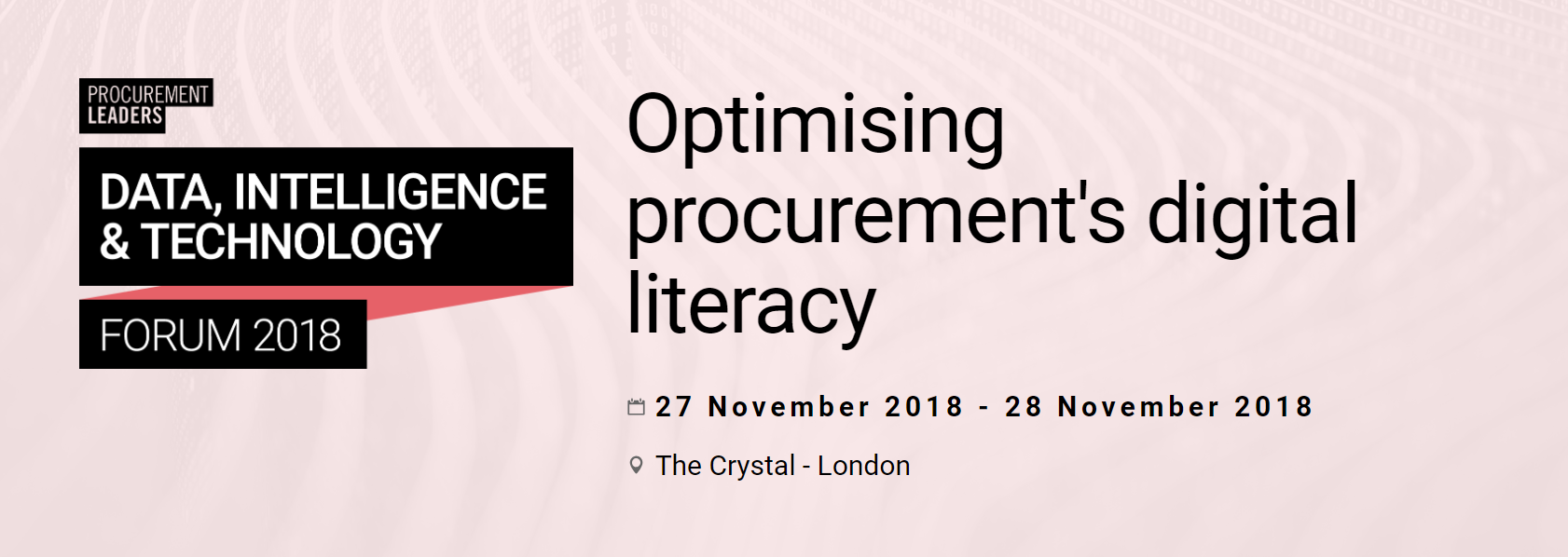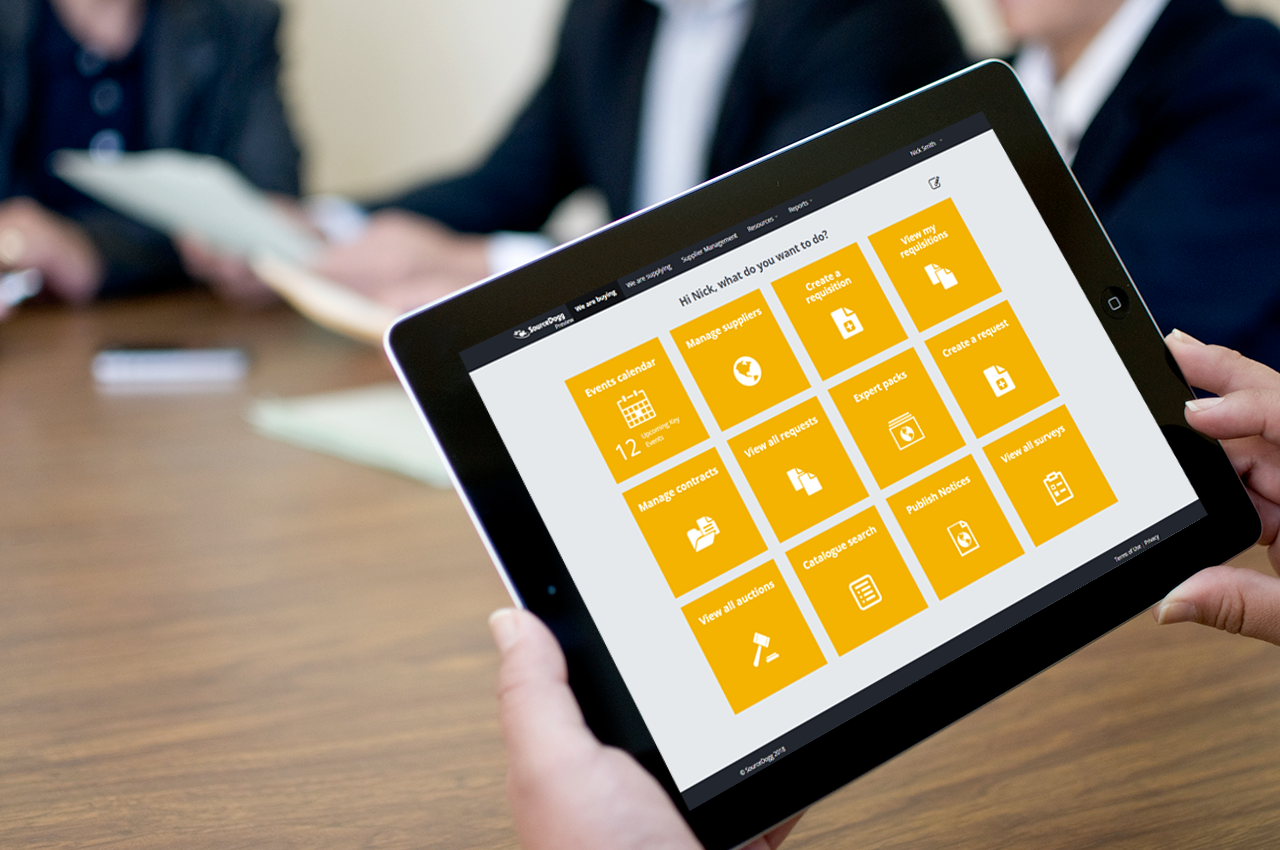Manage your risk better with Supplier Master Data
It is Friday afternoon and you receive a call from your supplier of spare parts. They complain they have not been paid for the previous invoice and therefore the current shipment of machinery spare parts cannot be shipped today, putting production for the coming days at serious risk.
You call the finance department and find out that the invoice has indeed been paid, so you inform your supplier. After the exchange of several emails, you realise to payment for the invoice has been processed as expected, but supplier’s banking details have not been updated in your ERP system. So, you use the company credit card to pay for the previous and current invoice to get the goods shipped on time. A Cash payment instead of 30 days credit from the supplier…. something you will have to explain to the management and your auditor.
You realise a simple mistake or omission in the supplier data can prove to be costly, both in terms of supplier’s relationship and the continuity of supply. As the relative value of the supplied goods increases, so does the importance of a correct and accurate supplier record.
The example above shows the significance of the missing information, but it does not stop there. For making the right decisions, you need to have key supplier information at hand, and so do your colleagues from various departments. This can include insurance or quality certifications, product certifications or manuals, price lists, NDA documents, contact details, banking details, policy documents and plenty more.
Creating a centralised location for all of these documents and information, a so-called Supplier Master Data record, is of significant value to all business users within the organisation. It can provide valuable information about supplier compliance and risk levels. Ensuring your suppliers are compliant in environmental, health & safety or human rights requirements is often one of the most important tasks for a procurement professional. Optimising supplier relationships and ERP system effectiveness rely heavily upon your ability to collect timely and accurate supplier master data.
So, what should be the features of a good Master Data solution?
Automated
The solution needs to work without the need for your every-day involvement. It should allow your existing suppliers to provide their data and update it when required. Also, it needs to cater for your speculative suppliers, sales people that contact you about doing business with you. It is a smart idea to at least find out what the supplier is offering and if they can bring any value to your organisation.
Another area to consider is the collection of your suppliers’ certification details for quality, environmental, information security as well as details of liability insurance policies to notify you if any of the suppliers lose their certification as it may affect the level of business with that said supplier.
SourceDogg’s award-winning solution allows you to create and customise a series of questionnaires that can be published online and accessed by existing and potential suppliers. Once they submit the data, the suppliers are then reviewed and approved/rejected.
Subject Matter Experts from various parts of the organisation, e.g. Health & Safety officer or HR officer should be involved in the review of the supplier’s response to evaluate the supplier’s compliance to various legal and regulatory matters prior to Supplier being approved by the senior management or departmental heads. If approved, their data is then updated in the supplier’s profile page and made visible to all relevant user’s in your account.
User-Friendly
Your suppliers come from all walks of life, with various levels of technical ability. Therefore it must be easy for them to submit or update their data. The most advanced systems will allow to enter their key information in the form of a web questionnaire, not any more difficult than browsing any other website.
SourceDogg Continuous Supplier Onboarding will allow you to integrate your due diligence or new vendor application form to your website and makes it easy and intuitive for the supplier to respond. Supplier answers are saved in their account and can be retrieved or exported at any time.
Single Source of Truth for ERP Integration
ERP systems are at the heart of every organisation and therefore any changes to the supplier record must be updated in the ERP. Ideally, you would want this process to take place automatically on a periodic basis.
SourceDogg will allow you to fully customise the report fields and schedule the report as per your requirements. This can then be either sent by email to relevant user or uploaded to secure FTP server, where the script can pick it up and automatically import to ERP system.
For more details of SourceDogg Master Data Solution or demo of this feature please contact SourceDogg Customer Service team on customerservice@sourcedogg.com










